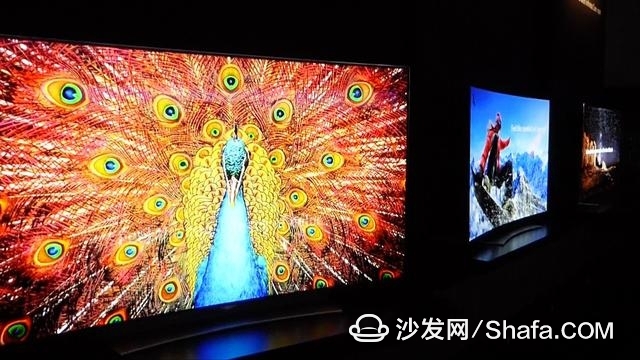
So, what kind of experience did the various fresh gadgets in the TV show bring to us in the year? Can they pick up the banner of "future trends"? Let's take a look at the changes experienced in the computer market in 2016.
55-inch is not a big screen. Everyone knows that large-screen TVs can bring more visual shock and presence to users. At the same time, large-screen TVs will appear even more "atmosphere" when they are at home. Many consumers will certainly give priority to buying large-screen TVs if they have sufficient budgets when buying TV. However, due to factors that were limited by higher costs and prices a few years ago, the LCD TV screens with the highest sales in the market were not very large, as the early 32-inch TVs were the hottest size.
However, with the upgrading of the production structure of LCD panels and the drop in price, 55-inch, 65-inch, and even larger-sized products have gradually become mainstream. At the beginning of the year, the giants Samsung, Sony, Internet manufacturers Leshi and Xiaomi all released 65-inch, 70-inch, and 75-inch products. Later, Changhong, Hisense, Skyworth and other established manufacturers also rushed in and released a number of large-size models, even With the background of the licensee, the new Internet TV brands are still releasing an 85-inch product. It can be seen that large-size models have become a clear trend in the domestic color TV market this year.
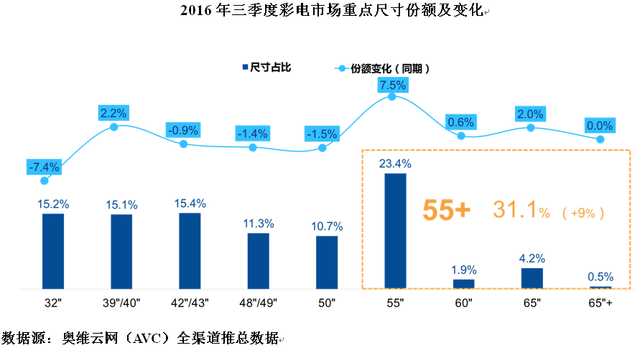
From the price point of view, a few years ago, the price of 55-inch LCD TVs was basically more than 10,000 yuan, but now the price of many 55-inch large screens has even less than 5,000 yuan, which also prompted more consumers to choose This type of large-size LCD TV, 55-inch or even larger TV has become the preferred target of consumers.
After several years of silence, new display technologies began to explode at the same time. Almost every TV maker has added the latest display technology to high-end models, although in different ways. , but the ultimate goal is only one: to enhance the quality of television effects.
1, playing technology also has to stand for the team to talk about the quality of television, this year had to mention three keywords: OLED, quantum dots and HDR. The first thing to note is that HDR is simply a high dynamic range image enhancement technology, including Dolby Vision and HDR 10, which means that quantum dots and OLED TVs can all be HDR TVs. OLEDs and quantum dots are not in one dimension, so we will talk about them later. The first thing to say here is OLED and quantum dots.
Since last year, people have paid more attention to the display technology in the field of smart TVs than "phantom" smart functions, becoming the focus of major TV manufacturers, and even worse this year. This year's domestic TV market is clearly divided into two factions: the OLED camp not represented by LG and the quantum dot camp represented by Samsung and Sony.

However, even though LGD has repeatedly claimed that OLED has solved the problems of longevity, yield, etc., due to the general high prices, the domestic TV market still has to use niche, high-end to describe, and in its fans can really be called The only big international brand to win the lead is LG. Therefore, the quantum dot camp with Samsung and Sony, both heavyweights, is actually the biggest aspect of display technology in the TV market this year.
This point can be seen from the CES exhibition at the beginning of the year that the industry has called technology trends. At the time, the most prominent of the OLED camp was LG's high-profile introduction of new products, which contrasted sharply with the release of QD TV products from Samsung, Sony, TCL, and LeTV. The situation that the number of QD TVs has fallen a year lasted for a whole year.
The two factors have created a quantum leap in the market for quantum dots this year. One is the absolute advantage of the number of new products just mentioned, and the other is the improvement of the quality of quantum dot products. The key to improvement is what we said earlier. This year's third keyword in the field of television display technology: HDR.
In fact, as long as you pay a little attention to the TV market, you will find that this year, TV manufacturers have started to publicize a technical concept without exception: HDR (High Dynamic Rendering). As mentioned above, HDR is simply a high dynamic range image enhancement technology. There are standards such as Dolby and HDR 10, which have certain requirements for the hardware and software of the TV, and can effectively provide the quality of the TV. Provide greater help.
At present, judging from the QD camp, almost all television manufacturers such as Samsung, Sharp, Sony, TCL, Changhong, Hisense, Skyworth and others have joined the HDR camp in an attempt to shorten the gap between LED and OLED through HDR technology. Has always advertised himself as a "future trend" OLED, also through HDR so that he has a "to a higher level" feeling.
If last year's television display technology was a self-return of manufacturers, then this year is a process of accumulating strength each year, and next year it is bound to go white. However, it is a good thing for consumers.
2,8K has come
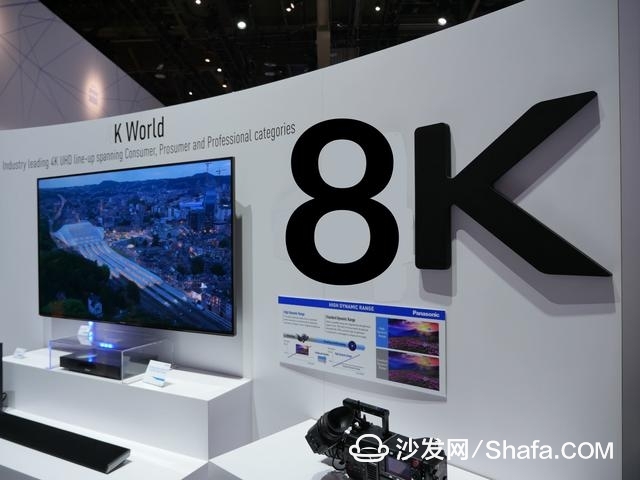
However, don't think that 8K is still just black technology at the show. It's already approaching you. At this year's CES in the United States, two South Korean technology giants LG and Samsung both exhibited their own 98-inch 8K ultra-high-definition television products, and earlier Sharp began selling 80-inch Sharp in parts of Asia. Although the price of the LC-80XU930X reached 100,000 yuan, it is undoubtedly a benchmark for the 8K market.
Admittedly, if you stand in front of the 8K TV, it's shocking with the exquisite clarity and magnificent effect. More daring analysts say that after 4 years, 8K TV will start to become mainstream, and all this may be from 2020. The Tokyo Olympics began.
VR/AR - A New Tactics in the Post-Smart TV Era
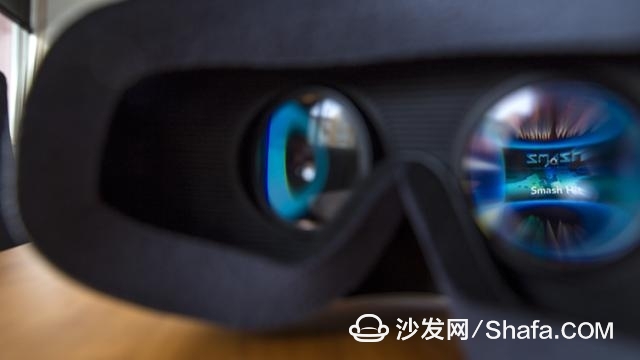
Obviously, this opportunity is not to be missed for TV makers who have marked the transition from traditional to Internet or born with an Internet gene.
From the current point of view, TV makers involved in VR/AR basically go two ways. One is to advertise their own TV is VR or AR TV, and the other is to set VR area in their own system with the minimum cost. To satisfy the user's curiosity. However, in the face of cruel reality, these two roads have not gone through.
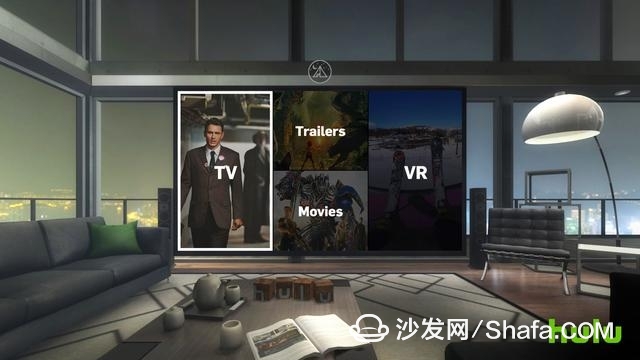
The so-called second road seems to be a “low cost, quick response†approach, but it actually provides only some peripheral applications that are not very high quality such as real estate, tourism, education, etc. How helpful is the actual experience.
In such an era full of unknown, in fact, we have every reason to believe that whether it is VR or AR, once we can provide a perfect solution for us on TV, it will definitely become a breakthrough in the history of the television industry. However, its premise is to solve the problems that VR and AR are currently facing, such as dizziness, wearing discomfort, lower resolution, and so on. In addition, what is more urgent is that the lack of content is absolutely the biggest obstacle to the advancement of this type of new technology. This shows that at present, VR and AR can only be considered as new tricks for manufacturers in the era of smart TV. It is far from the future you want.
The future: Artificial intelligence may be a new direction
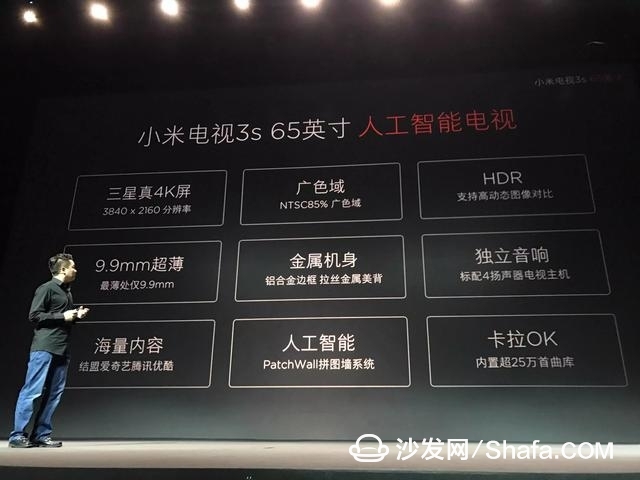
Obviously not.
In September this year, Xiaomi introduced the 65-inch version of the 3s TV, but also brought us a new TV intelligent system PatchWall puzzle wall system. Xiaomi calls it the first artificial television system.
Although this degree was considered by industry experts as a "flicker" once again without a technological foundation, we still saw something different from this new system. In addition to the new system has a waterfall flow that never "falls forever" and magazine-style typesetting, the most important thing is to be able to recommend various personalized sheets for users' artificial intelligence accurately throughout the year, for example "The poster is very sexy. "Movies", "Televisions with heroes and heroines kissing in episode 8", "movies with money falling from the sky," and so on.
In fact, in my opinion, although true artificial intelligence contains an unpredictable variety of black technologies behind it, it should not be ostensibly gorgeous and dazzling. It may be artificial to solve the most basic needs of users in the most stupid way. The ultimate goal of intelligence.
To be honest, I think that this type of artificial intelligence in Xiaomi's TV system now seems to be very basic, but it is precisely these seemingly irrelevant pieces that happen to hit the pain point of users who “don’t know what to watch on TVâ€. And perhaps this is a starting point for artificial intelligence cutting into the TV field.
to sum up:
In fact, after sorting out the 2016 TV loops, you will find that the trend is almost the same as last year, and all manufacturers are shifting their focus to quality, and increasingly larger sizes and better performing graphics are bound to Become the direction of TV manufacturers in 2017.
In addition, while the picture quality technology is gradually climbing, the slowdown in the intelligent development of television is not entirely without progress. If you think that VR and AR are really far from you, the tide of artificial intelligence concept has actually begun to penetrate the TV circle. Although it seems that Changhong and Xiaomi’s so-called artificial-smart TVs are still just an application similar to big data, the future that TV-centricity can bring will be beyond our imagination. We believe that the real surprise of the television circle will also result.
Smart TV/box information can focus on smart TV information network sofa butler (http://), China's influential TV box and smart TV website, providing information, communication, etc. on TV boxes, smart TVs, smart TV software, etc. Answering questions.
Dongguan Yangyue Metal Technology Co., Ltd , https://www.yyconnector.com